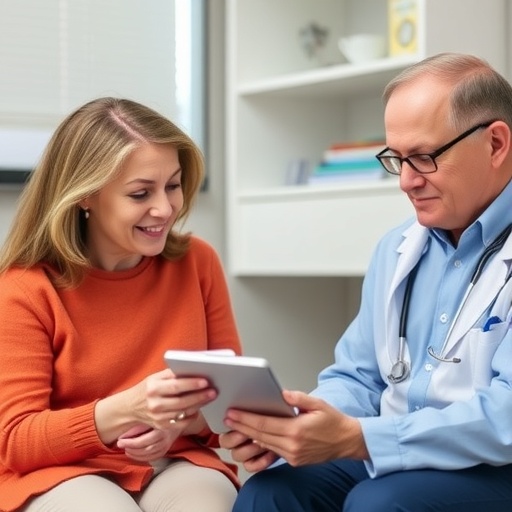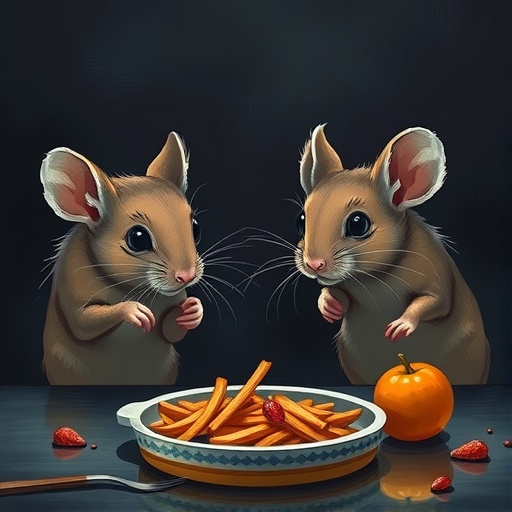“Alum makes T cells take a longer look at the antigen, which produces a better immune response,” said Philippa Marrack, PhD, senior author and professor of immunology at National Jewish Health. “Understanding how adjuvants work could help us make more effective vaccines. That is very important. Vaccines have saved millions of lives and been among the greatest advances in medical history.”
Live vaccines, containing weakened forms of an infectious organism, generally work fine by themselves. But vaccines containing dead organisms (inactivated vaccines) or pieces of the infectious organisms or their toxins (acellular or recombinant vaccines) generally need adjuvants to boost their effectiveness.Aluminum salts, known as alum, are the only adjuvant approved for use in the United States for routine preventive vaccines.
Adjuvants were first discovered as the result of empirical experiments with tetanus early in the 20th century. They have been widely used in many vaccines since the 1940s, including the Diphtheria/Tetanus/Pertussis (DtaP), Hepatitis, Haemophilus influenzae (Hib), typhoid and some flu vaccines. No one fully understands why adjuvants boost the effectiveness of nonliving vaccines.
Recently a Belgian team showed that DNA is involved in the adjuvant effect. When they administered a vaccine with adjuvant and DNase, an enzyme that digests DNA, the vaccine was less effective. The National Jewish Health team built on those findings to reveal the role that DNA plays.
The National Jewish Health team had previously shown that the process starts with a series of events similar to those that initiate responses to bacterial infections. Neutrophils, and other early responders in the immune system, flood into a site of potential infection, attack the foreign agent, in this case the alum vaccine, then quickly die in massive numbers.
Upon death the neutrophils release large amounts of DNA, which uncoils from its chromatin spools and acts somewhat like a net to entangle the foreign agent. Other cells then engulf the DNA-alum-vaccine complex. These antigen-presenting cells display small fragments of the vaccine on their surfaces for T-cells to recognize. T-cells drive the adaptive immune response, the one that recognizes and attacks the specific infectious agent, as opposed to the more general innate immune response.
T-cells are also the basis for effective vaccines. Some T-cells, and the B-cells stimulated by the T-cells, transform into memory cells once the infection has been cleared. Those memory cells help mount a quicker and stronger immune response if they see that organism again.
The National Jewish Health team showed that the DNA coating the adjuvant doubles the time that the T-cell engages the vaccine fragment on the surface of the antigen-presenting cell. When they added DNase to digest DNA, the T-cell engaged the vaccine fragment half as long, and the vaccine was less effective. Several of the findings were made possible by an innovative use of multi-photon microscopy to film the interaction of T-cells and antigen-presenting cells.
“The DNA makes the antigen-presenting cell stickier,” said Amy McKee, PhD, Instructor at the University of Colorado, and lead author of the paper. “We believe that extended engagement provides a stronger signal to the T-cell, which makes the immune response more robust.”
The researchers are not sure exactly what makes the antigen-presenting cell ‘stickier.’ When that an antigen-presenting cell engulfs free-floating DNA, the researchers believe it recognizes that something is amiss (DNA should not normally be floating around outside an intact cell nucleus) and becomes more activated. It may respond with an additional co-receptor to engage the T-cell or release a molecule that stimulates the T-cell. The researchers are now working to understand that process.
Story Source:
The above story is reprinted from materials provided by National Jewish Health.




